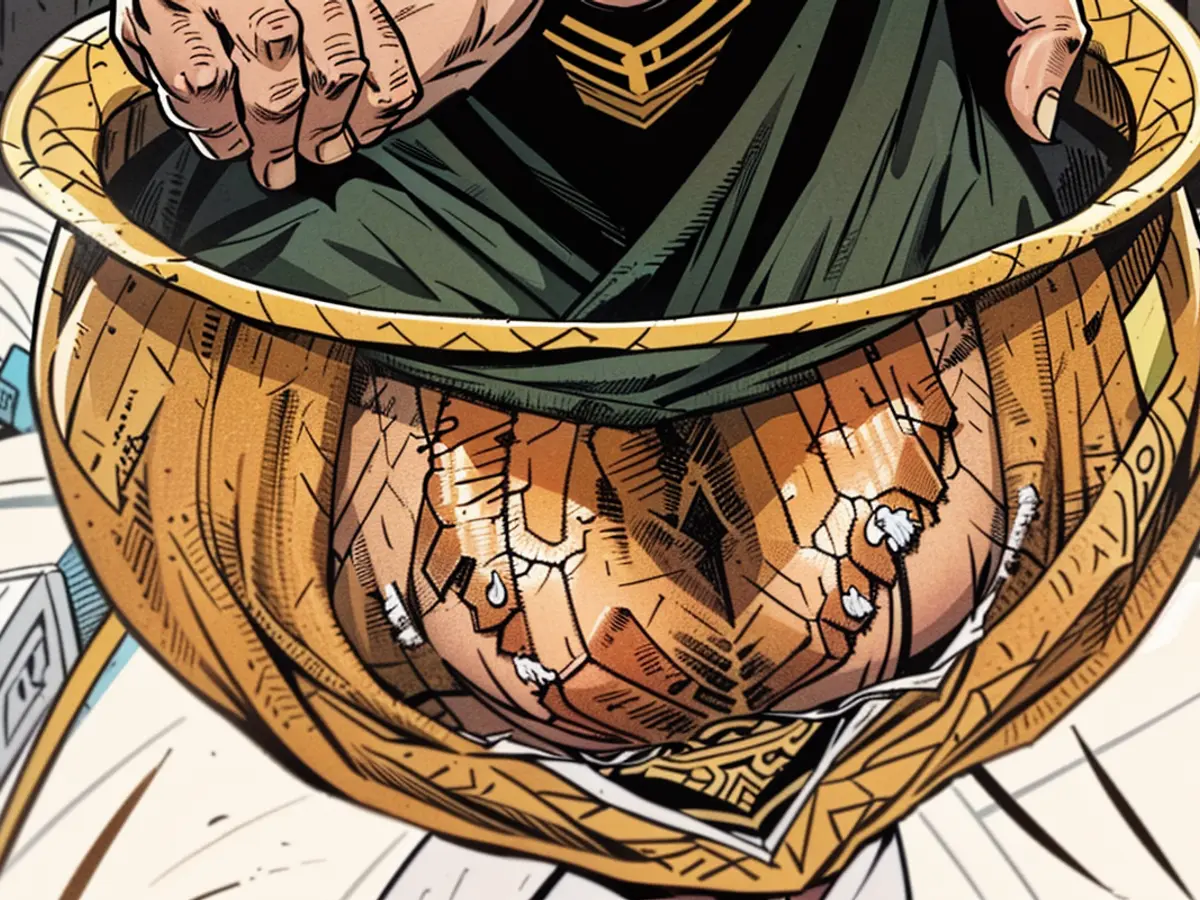Museums - Observe collections of Bronze Age artifacts
For archaeologists, it was a spectacular discovery: In Niederbayern, they came across the remains of a princely grave from the late Bronze Age. Since Thursday, these finds have been on display for the first time in the exhibition "The Last Voyage. The Wagengrab of Essenbach" at the Germanic National Museum in Nürnberg. Through the artifacts, the show tells of the elites of that time, their trading networks to Asia, and symbols of religious power.
According to the museum's reports, a man was buried with a ceremonial chariot in Essenbach in 2011, along with Bronze weights, a razor, a golden ring, and a sword. These items indicate the political and economic power of the deceased.
The finds were donated to the Germanic National Museum in 2019. Loans from Germany, Hungary, Slovakia, Serbia, and Slovenia complement the exhibition and show how the four-wheeled state wagons once looked and what technical developments paved the way for these.
Info about the golden hat [
(Note: There is no mention of a "golden hat" in the original text. The text only mentions a golden ring.)
- The discovery in Lower Bavaria during the Bronze Age has led to numerous exhibitions worldwide, showcasing the rich culture and trading connections of that era, including one in Bavaria's historic city of Nuremberg.
- The exhibitions highlight the influence of the Bronze Age elite's culture in Germany, as well as their extensive trading networks that stretched as far as Asia, as evidenced by archaeological findings.
- Museums across Germany and even in other European countries like Hungary, Slovakia, Serbia, and Slovenia have contributed artifacts to these exhibitions, providing a comprehensive view of the Bronze Age's four-wheeled state wagons and their technological advancements.
- Although the gallery in Nuremberg's Germanic National Museum currently features the princely grave's finds, including a ceremonial chariot, Bronze weights, a razor, a golden ring, and a sword, some historians speculate that other artifacts, such as a potential golden hat, might exist but have yet to be discovered.
- The Bronze Age remains in Lower Bavaria have significantly added to the historical knowledge of Europe's past, shedding light on the interconnectedness of ancient cultures between Germany and Asia and the development of advanced technologies during that era.








